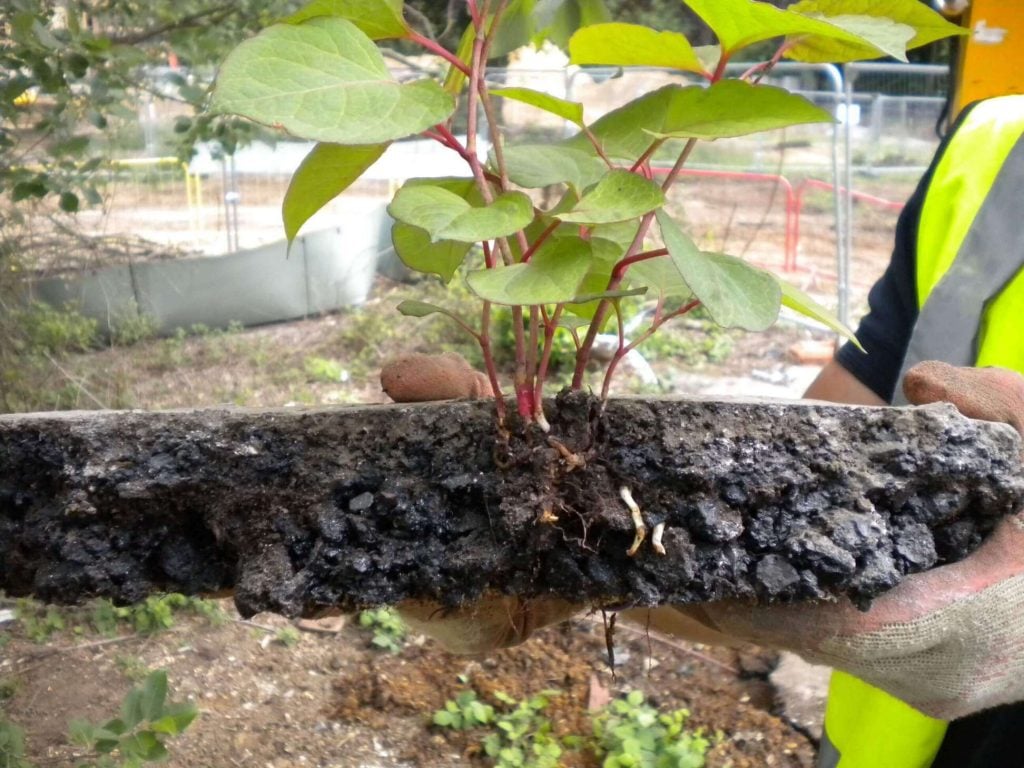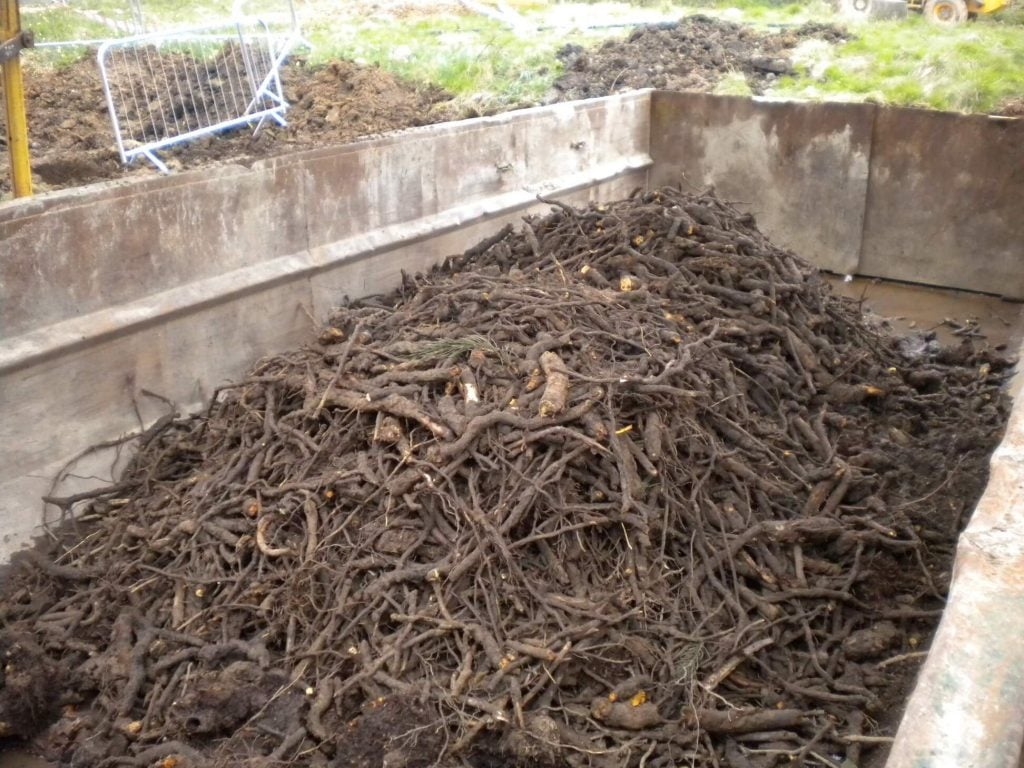You can reach out to your local council for a collection service. Alternatively, they may offer you a record of sites that collect Japanese knotweed waste. You should be responsible when disposing of Knotweed. Irresponsible dumping will lead to its regrowth. Still, it’s illegal to irresponsibly dump this waste.
Make sure you bag any soil or plant. This guarantees that the materials are secure before being disposed of thereby leading to no spillage. Always inspect your shoes and clothes before leaving your garden if it is contaminated with Japanese knotweed. Ensure you don’t carry any plant or oil material from your garden. You can easily spread the Knotweed to other parts of your garden. You can also spread it further into your neighbors’ gardens.
You should never add Japanese knotweed to your compost heap. This also applies to anyone else’s compost heap. Also, ensure this waste isn’t picked up as recyclable waste by the council.
The safest and most suitable way to do away with Japanese knotweed is through controlled burning. Private homeowners can get rid of Japanese knotweed by burning it within a controlled environment. This can be done in the garden.
The storage of green stems and leaves should be done until they dry out. This needs to be executed on a ground protection sheet. Once they have dried out, light a bonfire. Progressively add the stems and leaves to the fire until everything turns to ash. This ensures you completely eliminate dangerous pests.

Here are a few precautions to take note of when tackling a Japanese knotweed infestation:
- A strimmer is more likely to spread the infestation. Don’t use it.
- Always burn any Japanese knotweed that you cut in your garden. If there’s a need to move the plant, ensure proper containment and disposal is done. This should occur at a licensed disposal site.
- The plant’s stem density remarkably increases when you dig it up. The tiniest bit of this increase can result in new growth.
- Always be careful not to spread soil close to any Japanese knotweed since it may contain bits of root. Remember, the roots are highly regenerative. Be cautious of any soil with 7 m of this plant.
- Always inquire from your supplier whether the locally recycled topsoil has bits of knotweed root. If so, don’t purchase it.
- Mechanical chippers don’t kill Japanese knotweed. You’ll experience regrowth if the chipped matter is spread on your garden’s soil. Don’t incorporate it into your compost heap.
- Never dispose of this weed at garden waste recycling centers since it will lead to the contamination of the compost.
- The countryside isn’t the ideal place to dump polluted garden waste.
- Once you notice Japanese knotweed in your garden, act quickly. Don’t allow it to manifest. Take care of this situation immediately.
- Don’t engage in unlawful acts. You are liable under the Wildlife and Countryside Act, 1981 if you lead to the spread of Japanese knotweed.

- Embrace non-chemical control methods. In some parts of the world, Japanese knotweed is used for animal grazing. Allow your goats to feed on the infested area if you have any. Grazing can help to reduce the spread of Japanese knotweed. However, it won’t completely get rid of knotweed. Goats can help you get started by eating the leaves. This leaves you with the stems. Later, the weed killer treatment can take place.
Learn more:–

